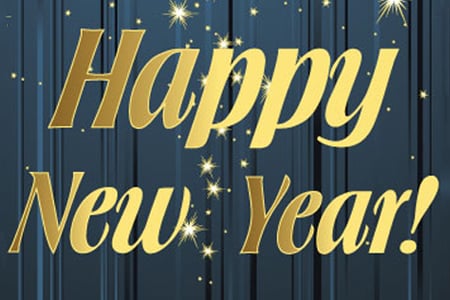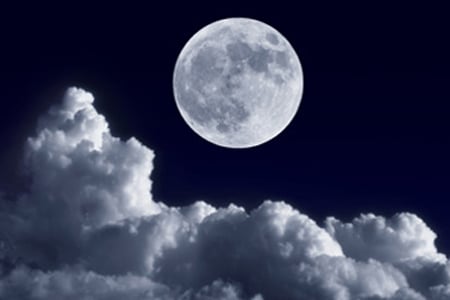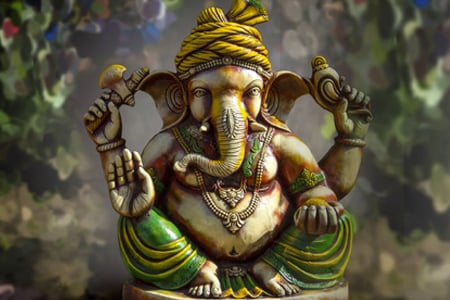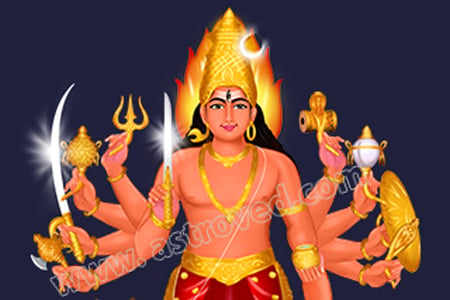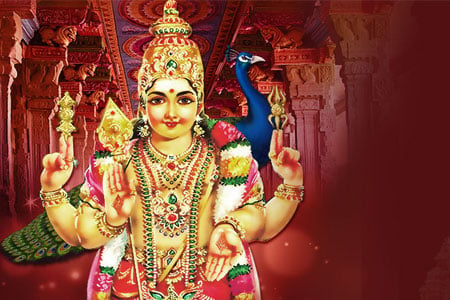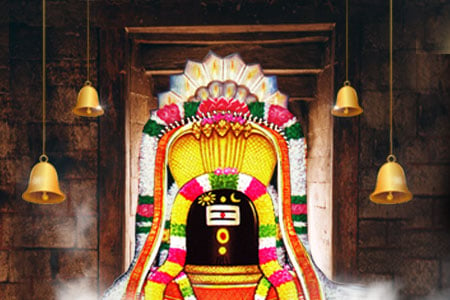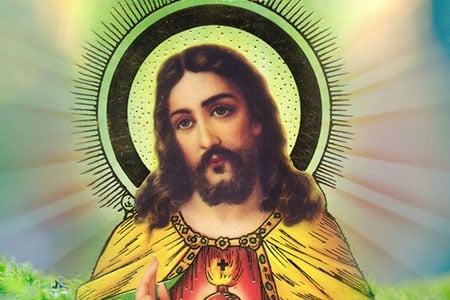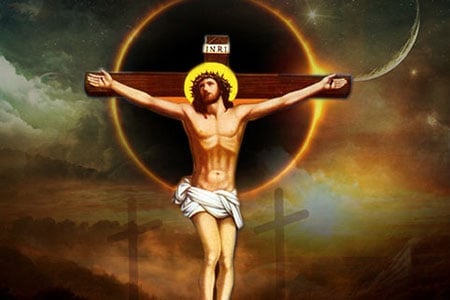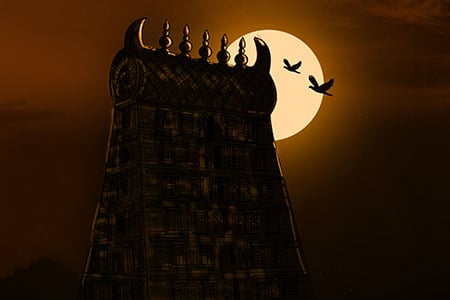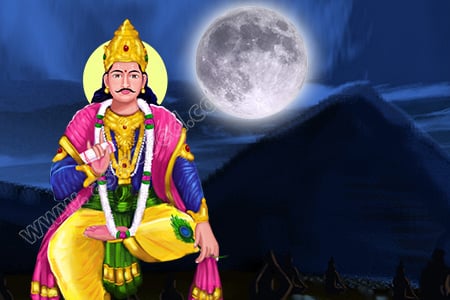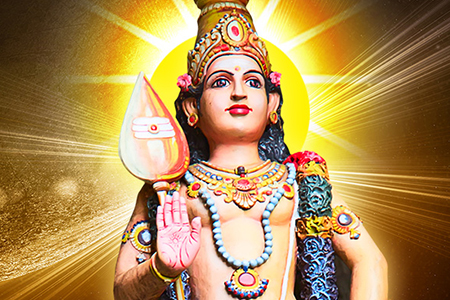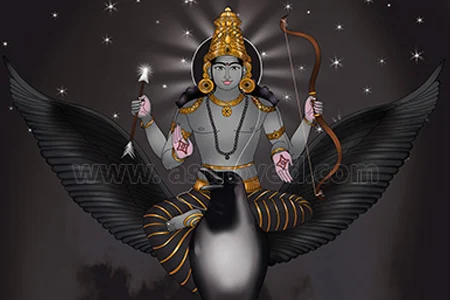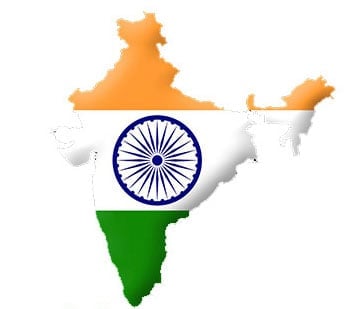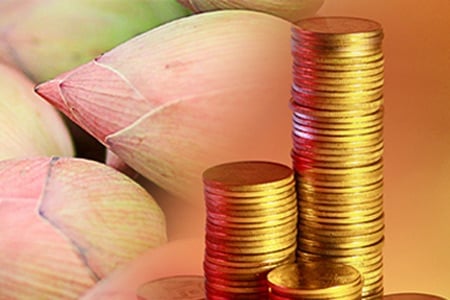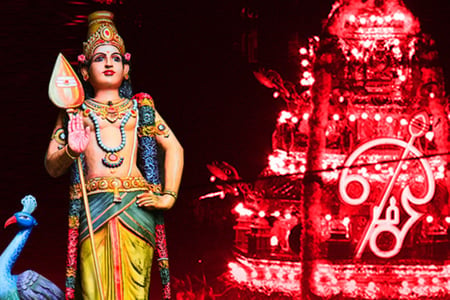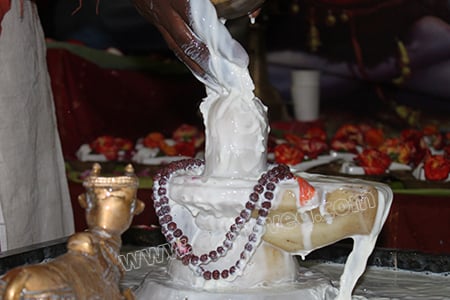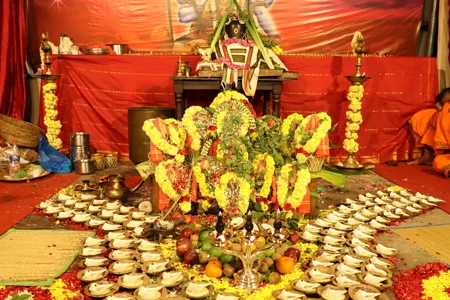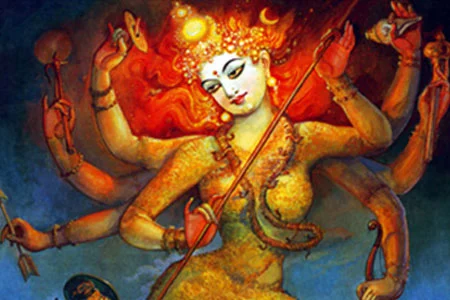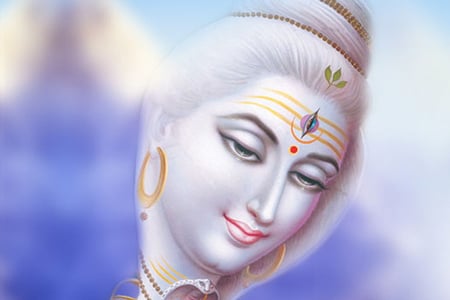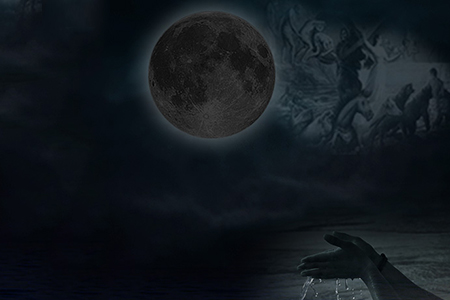January 2026
View More January Festivals
February 2026
View More February Festivals
March 2026
View More March Festivals
April 2026
View More April Festivals
May 2026
View More May Festivals
June 2026
View More June Festivals
July 2026
View More July Festivals
August 2026
View More August Festivals
September 2026
View More September Festivals
October 2026
View More October Festivals
November 2026
View More November Festivals
December 2026
View More December Festivals
Click the 'Play' button to read out loud this webpage content
Introduction
The Hindu Calendar must be unique in the world. No other calendar would be home to such diversified information highlighting festivals, fasts, feasts, and celebrations. India, as a country, is so vast and diversified. Every state is a distinct location, and they vary in community, language, religion, customs, and traditions. India, in short, is a potpourri or an eclectic mix of everything diverse.
The Hindu Calendar was developed in the Vedic times, and the earliest mention of Hindu time finds resonance in the Vedas, an ancient and sacred text of Hinduism. The Hindu Calendar is also called a Panchanga or Panchangam.
Significance of Hindu Calendar
The Hindu Calendar is very intricate and multi-dimensional. It offers a range of information on lunar and solar days, lunar months, solar months, and the movement of the sun and moon in correlation to the galaxy of constellations.
The Hindu Calendar uses the lunisolar system and takes into consideration the movements of the sun and the moon, as viewed from earth. There are 12 lunar months in the calendar and each lunar month comprises of 30 days, grouped into two fortnights – a bright fortnight that denotes the waxing half of the moon phase and a dark fortnight that features the waning moon. In north India, the Full Moon signifies the beginning of the month, whereas, in south India, people count the days from one New Moon to the other.
The Hindu Calendar tracks the solar months that are defined and named after the zodiac signs, which the sun traverses during different parts of the year. The lunar month is used to denote religious holidays and festivals, and the solar month serves as the basis for civil purposes. Solar months are referred to as Civil Months.
The Hindu Calendar also keeps tracks of astronomical aspects, including Nakshatras, Yoga, and Karanas.
Most Hindu festivals coincide with the Full Moon or the New Moon and celebrated on the day after the Moon phase.
Important Hindu Festivals
Hindu festivals by and large are based on location and the dates and days. The religious celebrations are determined by the planetary positions of the sun and the moon. According to the Hindu religion, the festivals tell us the time of worshipping deities, fasting, celebrations, and seeking God’s blessings.
India is an ancient land brimming with ancient cultures and traditions. The land of yoga and meditation to unique travel spots lends an air of a unique aura the country has. The myriad religions, languages, and cultural backgrounds pave the way for festivals of varied nature, color, rituals, traditions, and customs, and it is this feature that makes India so unique.
India is a democracy and a secular nation. The religious and communal harmony come together best at the time of festivities and celebrations. Every ritual, festival, and tradition quite often differ in place and religion. Every festival has a reason for celebration and its own legend and significance. Though every festival is different, the people come together to celebrate with great zest and enthusiasm.
India celebrates Shivratri, Holi, Raksha Bandhan, Diwali, Dussehra, Ugadi, Janmashtami, Gudi Padwa, and numerous other festivals with the same zeal and fervor. The Hindu Calendar highlights the dates and days of different religious festivals and celebrations throughout the year.
